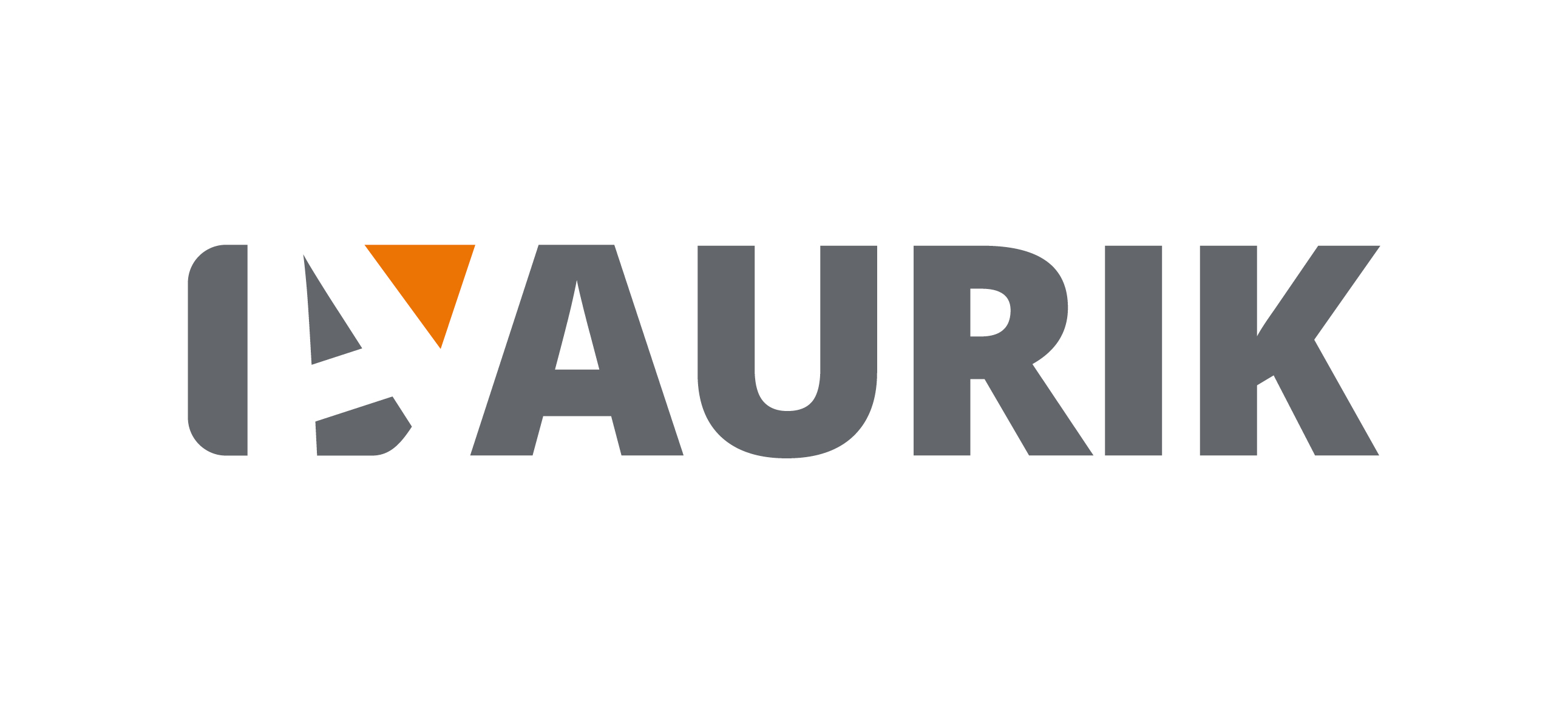It’s fair to say that the world has never been so noisy, competitive, impatient and uncertain. Customers and clients are harder to reach than ever before and all services and products are becoming commoditised offers, draining margins whilst operating costs relentlessly increase.
Positioning to win in this environment requires a complete rethink about your business and how you present it to your market. Getting this right will help you to land your message and offer more simply; to reach your target market more affordably; and to generate greater engagement and sales.
Listen to the podcast from The Money Show on 702 & CapeTalk or read on:
What does positioning mean?
It’s your identity. It’s what you do, how you do it, why you do it and who you do it for. It is the entire purpose of your existence. Positioning is what allows you, your staff, customers and suppliers to understand you and make sense of you. Without a clear positioning, people will not understand you and that is bad for business. Your efforts to drive sales will falter and fail and your sweat to get your team aligned and working effectively to deliver and fulfil your promises will falter.
What is good positioning?
Clarity of purpose and why you exist is a good start. This means being narrow, detailed and specific. Saying ‘no’ defines your positioning more clearly than saying ‘yes’ to everyone on everything and anything. Getting this right means you need to understand what your purpose is and how you communicate it. Here are a few options:
1. Product Positioning
This means you rely on the features of your product or service. Today, there is very little difference in 99.9999% of products or services. One product might have a feature that a competing one doesn’t have. But time and money quickly change that as the competing product develops that feature. It’s a short won victory and wholly unsustainable. That is unless you have a defendable patent or heavily invested brand. It’s also a dated philosophy from the 1920’s when a product positioning won the day. This was the case because there were very few products around then.
2. Segment Positioning
Segments are organised collections of like-minded people or businesses that behave and organise their lives similarly. This became the new frontier of marketing in the early 1970’s. Today, these groups have become more fragmented rather than organised. Segment marketing is also sloppy and lazy. For example, if a business says we serve corporates, what does that mean? Corporates are fragmented into a wide array of further behaviour groups. Today, segmentation remains the most used framework to position and organise your marketing and sales. It’s tired and horrible and is working less and less.
3. Problem Positioning
This requires you to understand your customer in detail. This means, understanding who you serve and what problem you solve for them through your product or service. To test your understanding of this, can you define exactly who your customer is, what problem they have that you can solve and most important, what the cost of the problem is to them? An inability to quantify the cost means that either you have not defined your customer well enough, understood them sufficiently or have an offering that is of little value to them. It’s tough getting this right but crucial. Think about it, do you buy anything that doesn’t solve a problem for you? Even luxury products solve problems and understanding your business in these terms is the key to success. Read the story of Ismail the luxury jeweller in #SweatScaleSell for a great example.
4. Experience Positioning
Only government services and monopolies can get away with horrible engagement experiences. As a private business, the experience you create in all your customer engagement, sale and fulfilment activities is what gets people talking. A great experience and a terrible one even more so gets quickly shared across social networks. This is the hardest positioning to get right but the most sophisticated. Getting it right will set you well apart from your competitors and place you closest to the coalface of your customers. this means you’ll see changing behaviours and trends first helping you stay ahead.
Trust means a sale
Trust is built first from a customer feeling heard and understood. Products and segments don’t achieve that. An understanding of a problem does. The experience of how you engage with your customer then corroborates that trust. Trust is what generates sales. Getting this right consistently and at scale is the key that unlocks growth and sustainability in a business today.
We work with established businesses to reposition their offers to the market through all these levels. Getting it right is critical to your building of your business. It allows you to simply align and orchestrate your processes, people and investments to deliver on that positioning. It’s the key that unlocks growth and builds an Asset of Value™.

